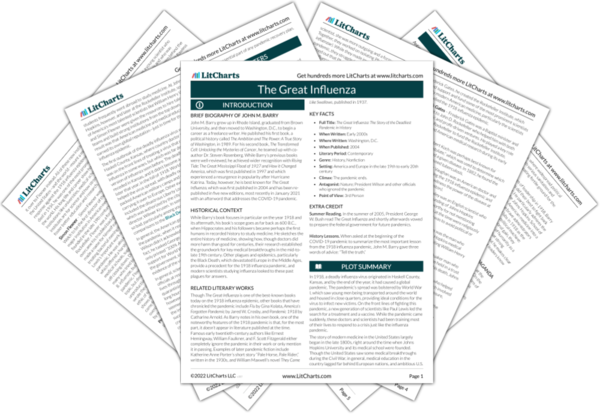Modernity can be defined in a lot of different ways, not all of them positive. World War I is sometimes considered the first modern war because of its brutal efficiency, not because it represented any sort of progress. Still, in medical science, modernity does generally represent progress, and the time around World War I saw many people’s quality of life improving due to new medical innovations.
